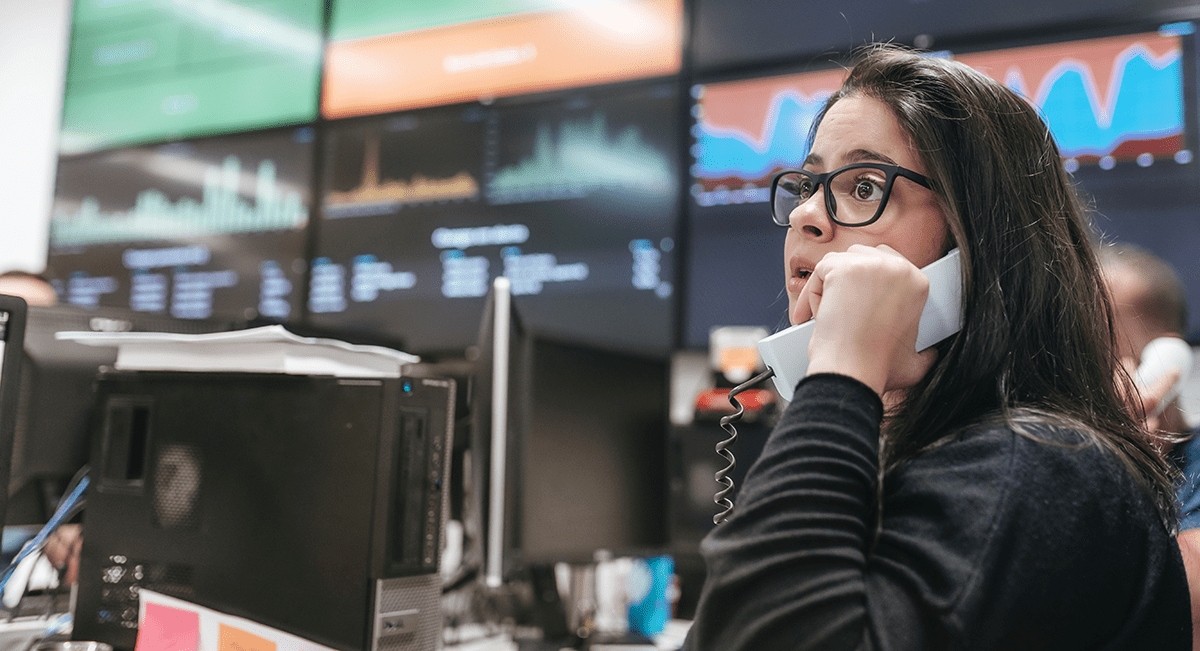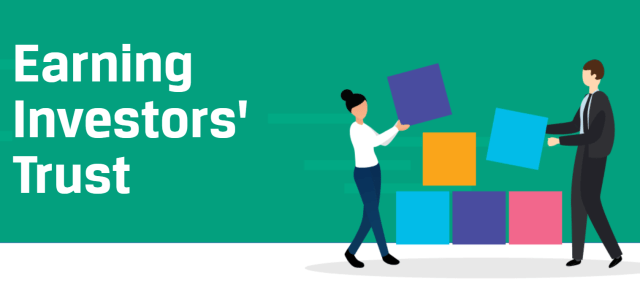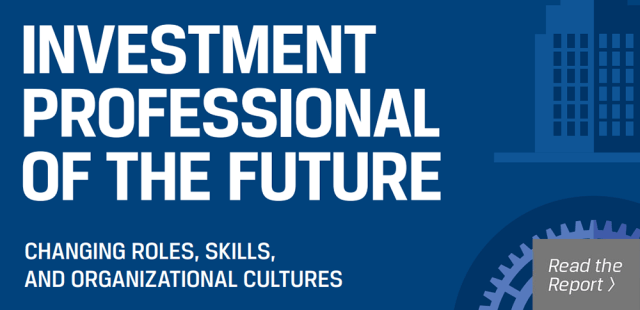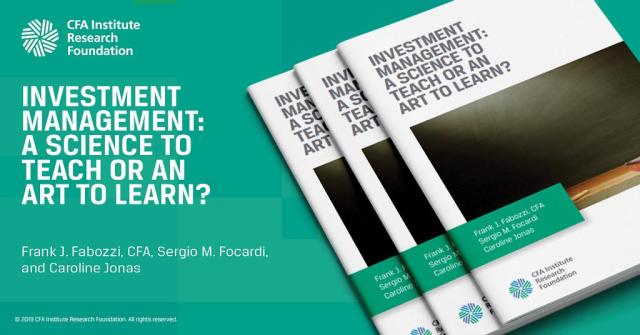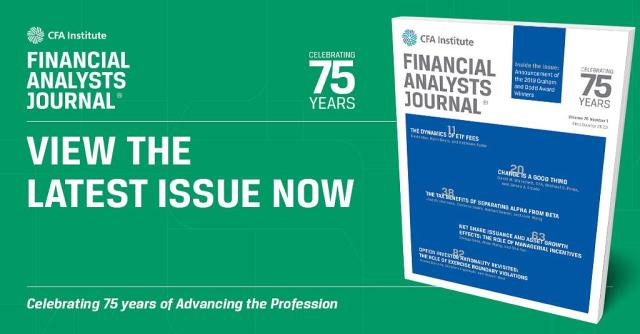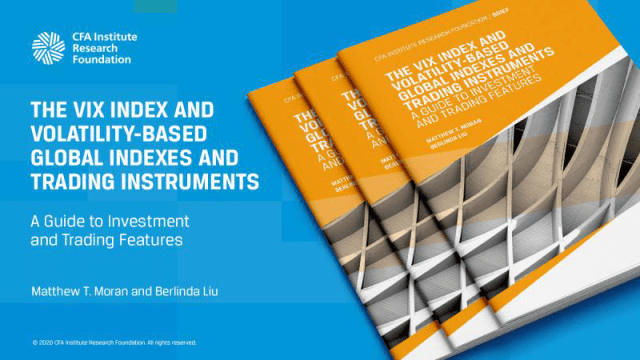[ad_1]
I will never forget my first time in a trading room. I wasn’t (yet) a trader, instead I was working in sales for Xerox in 1989, and my new assignment was to cover the major Canadian banks. I conducted a productivity analysis of document flow for the 300 people in the room and had to observe their behavior for several days. I was riveted. I loved being around such high-energy folks in such a high-energy environment. I decided at that moment to change my career path.
Fast forward one year — and 47 interviews later — and I finally convinced someone to hire me. I was a 29-year-old woman with none of the required background or experience to work in institutional foreign currency sales. Based purely on my promise to produce, I was brought on board as a guinea pig and given three months to learn the ropes, but via osmosis instead of formal training.
I’ll never forget the blood, sweat, and tears of that period of my life. Especially the day I was caught on the wrong side of the market. I used the pink “sell” tickets rather than the blue “buy” tickets and had to rapidly unwind six different positions. My stress reaction was a full body rash! I was mortified.
But somehow I figured it out, and over the next five years I learned how all of the market factors — equities, interest rates, currencies, etc. — interact. I learned how to build relationships with some seriously smart people, and I learned how to make money for my firm, my clients, and myself.
Female traders are in demand.
Companies, industries, and professions are all trying to improve their statistics around gender inclusion, and trading is no exception. The following is an excerpt from a 2018 Reuters article. The headline? “Wall Street Wants More Female Traders, But Old Perceptions Die Hard”:
“‘Trading is a hard one to crack,’ said Jon Regan, a head of global markets for executive search firm Sheffield Haworth. ‘I don’t think it has changed much, although firms are working hard to improve their gender ratios.’ The firm, which works for many leading investment banks and conducts studies on behalf of its clients, found women generally account for 12 to 15 percent of trading roles, he said.”
Not all women (or all men) are able to thrive in such an intense environment. I talked about this with Terrance Odean, a professor at the Haas School of Business at the University of California, Berkeley. He and Brad Barber co-authored the famous study “Boys Will Be Boys: Gender, Overconfidence, and Common Stock Investment.”
I quoted Odean in my 2016 research paper, “How Smart Women Are Shaping the Future of the Financial industry”:
“Women have been largely under-represented in the investment industry. One reason may be men’s overconfidence . . . Think about those huge trading rooms where everyone is glued to their monitors — mainly men. The first time I walked into a trading room I was struck by how unappealing the environment was. If you are overconfident and certain you are going to become wealthy, you are more likely to be willing to ignore the environment in which you work and the long hours you spend there. Women and men often weigh the trade-offs of a career differently. For example, women might ask themselves ‘is this a reasonable way to live’ Fortunately, I think things are changing. I see differences. There are more women in the audience now when I speak to groups of financial advisors. Our Berkeley MBA classes now have more women. They may not all be going into finance jobs but in some respects every job involves finance. Cultural norms are changing. And, as women come in, businesses change and places start to become more reasonable places to work.”
Despite the challenges highlighted by both Odean and Reuters, more and more women are surviving and thriving as traders. I spoke to three such women — Sarah Behbehani, a commodities trader and former senior vice president LNG at JERA Global Markets in London; Linda Bradford Raschke, CTA, a veteran currency and futures trader in Chicago; and Mire B. Acosta, a freelance cryptocurrency trader in Medellín, Colombia — about what drew them to the space, the challenges they encountered, and what was most critical to their success.
Why Some Women Love Trading
Sarah Behbehani: I was born and raised in Kuwait, the eldest of five girls in a merchant family. My dad was a stock market / gambling aficionado . . . he was always talking about markets and speculation. It was a big tradition in our culture for men to go to a separate tent to socialize and talk about current affairs, politics, and stocks. Starting when I was about eight or nine, my dad would take me along with him — he treated me like a son in this way.
I’ve been a trader for over 20 years now and I’ve had great opportunities to work and live in London, Dubai, and Singapore. My most recent position was senior vice president LNG with JERA Global Markets. JERA is a leading utility-backed seaborne energy trader specializing in LNG (liquefied natural gas), coal, and freight with a platform to trade across all key markets, including North America, Europe, Middle East, Africa, and Asia.
Why do I love trading? I am impatient — I get bored very easily — I’m a Gemini! But when it comes down to it, I really like the reward of immediately knowing your decision was right or wrong. I also love the adrenaline rush and the fact that every single day is a new challenge.
The business of trading is very social. If your clients don’t like you, they won’t call you, and you won’t be doing any deals. Trust is critical. In 2010 the market for LNG wasn’t great and I decided to short three cargos in India. The trade didn’t work out. I lost $20–30 million on the three cargos combined. But I was honest and told one of my biggest counterparties I had taken a speculative position and got caught short. They told me they appreciated my honesty and they were very honorable and didn’t take a penny over market when I had to unwind my trade. I have learned that you can’t be a good trader without making mistakes. To add context here though, my best trade ever made us over $200 million in one month!
Linda Bradford Raschke, CTA: In 1981, I had been planning to do my MBA at Stanford Business School, but changed course after meeting someone who became my tennis partner — he was a trader on the Pacific Coast Stock Exchange. I was fascinated in his world and before work every day at 7 am, I would go to the exchange and listen to seminars, about pricing models for options or ways to hedge, on big clunky video tapes in the conference room. My friend offered to back me as a trader on the floor and I thought, “Why not?”
I started with $25,000 and got that up to $40,000, but then I went deeply into debt. I got caught in a short straddle on a takeover stock and lost $80,000 overnight! The clearing firm wanted their money back and I became virtually an indentured servant for the next five years. That was a miserable, very stressful period in my life, but fortunately things got much better from there.
It takes at least 10 years to become a good trader. You need volatility, opportunity, and liquidity. And you need experience. You have to find a style that works for you consistently — a framework — then make it scalable if you want to make a lot of money. I know that only a small percentage of trades lead to bigger wins and there are plenty of losers along the way. But having a consistent mindset is most helpful, as well as a structured methodology centered around statistical models.
I actually have a love–hate relationship with trading — sometimes it can be a total burnout quite frankly. The love part is with the charts and the research. And, it is easy to like something when you have a level of competence. I could not trade 20 hours a day. In fact, you have to have some balance in your life to succeed and activities to take your mind off the markets.
For me this is a creative thinking process: I’m playing puzzles and games in my head. The hardest part for traders is accepting that we don’t have control. We have to stay in the moment just like a professional dancer or singer. Don’t think!
Mire B. Acosta: All my life I worked long office hours and after my daughter was born, I was working more than ever. I barely ever saw her, which made me very depressed, so one day I quit my job and forced myself to look at alternative types of work in which I could manage my own time.
I found financial freedom in trading and cryptocurrencies although it wasn’t an easy transition! I had to study hard and initially I lost a lot of money. But through perfecting technique, learning from the markets, and managing risk, you can become profitable and consistent.
The cryptocurrency market is fascinating, not only from the point of view of speculation but also because of the technological innovation behind the projects. Artificial intelligence, internet of things, blockchain . . . every day you learn something new in the crypto world. As well, the market is related to other markets, so you have to be constantly aware of what is happening in India, Russia, or the United States and how global stock markets are behaving. Being a trader definitely fills you with financial culture, you get to know many people around the world, and most importantly — you manage your own time.
Nowadays, I belong to the world’s most important crypto exchange volunteer program called Binance and my role is to educate new users about how to avoid scams and how to avoid losing money on trades.
Is being a woman an advantage in the world of trading?
Behbehani: I was quite introverted growing up but in trying to find my way as a trader, I became a strong woman. In the world of trading, it was always the loudest guy on the floor who would be the king. Now women can do well, but you definitely need to have a big presence.
At first men didn’t want to deal with me. If I picked up the line, they would ask to deal with someone else. At one point, I told a guy that I was Kuwait Petroleum Company and if he didn’t want to talk to me, then he couldn’t do deals with us. That was a turning point. He called back five minutes later laughing! Some would call me the Queen of LNG. As a client said, “You behave like you own the whole market.” These days people don’t want to get on my bad side — they respect me. Bully me and I’ll bully you back 10 times more!
Bradford Raschke: Being a woman was a big advantage on the trading floor. I was like everyone’s little sister! People were more aware of me. Being female was a novelty. I think it is great for women that trading is a bottomline business.
Trading takes a lot of preparation, time, and hard work. It is tough to survive and stay in business. I would say that 95% of people are not cut out to be traders. Most people don’t like fuzzy variables — they want known variables. You need to be good at operating in a world of probabilities and you need to excel at math and game theory. I played a lot of games like Parcheesi and Monopoly growing up and I look at the market as just another game. In general, I’m not an emotional person. I think I would make a great poker player.
Acosta: I have been the administrator of several trading chat groups with thousands of people . . . who are almost always men. In general. the feeling is of respect and admiration. In the beginning, there were very few female traders but fortunately this is changing. Women are cautious and intuitive and both of these attributes are very important in the world of trading. Unfortunately women don’t receive any financial education in school and that makes them think that the financial world is something complicated and distant, only reserved for people on Wall Street.
Trading is not about trying to become a millionaire in a day, nor is it something you can do on the beach or by the pool as sometimes appears in Instagram photos. It is a profession, it requires a lot of study, and it has many statistical components. To be a good trader you need to learn the implications of macroeconomic decisions and you need to employ very strict risk management techniques. Financial markets are very volatile due to everything related to the pandemic, but this is a great opportunity for women to start trading from home in world markets.
Women are risk aware.
Protecting the downside leads to more money-making.
From the same Reuters article: “Wall Street wants more female traders, but old perceptions die hard”:
“David Hesketh, chief executive of a London-based startup TradingHub said trading simulations the company ran in 2014 and 2015 for hundreds of interns as part of banks’ recruitment programs showed women made fewer trades and took fewer risks. They would also break the rules less than half as often as men. In all, having more women on a team could translate into savings on brokerage fees, loss provisions, and fines. ‘That is kind of nuts, if you think some firms are getting fines in the hundreds of millions of dollars,’ Hesketh said.”
In these days of extreme market volatility and uncertainty, there is no question that the investment industry could use more women across the board.
That’s especially true when it comes to trading. More women traders equals less risk and more money.
If you liked this post, don’t forget to subscribe to the Enterprising Investor.
All posts are the opinion of the author. As such, they should not be construed as investment advice, nor do the opinions expressed necessarily reflect the views of CFA Institute or the author’s employer.
Image credit: ©Getty Images / golero
Professional Learning for CFA Institute Members
CFA Institute members are empowered to self-determine and self-report professional learning (PL) credits earned, including content on Enterprising Investor. Members can record credits easily using their online PL tracker.
[ad_2]
Image and article originally from blogs.cfainstitute.org. Read the original article here.

